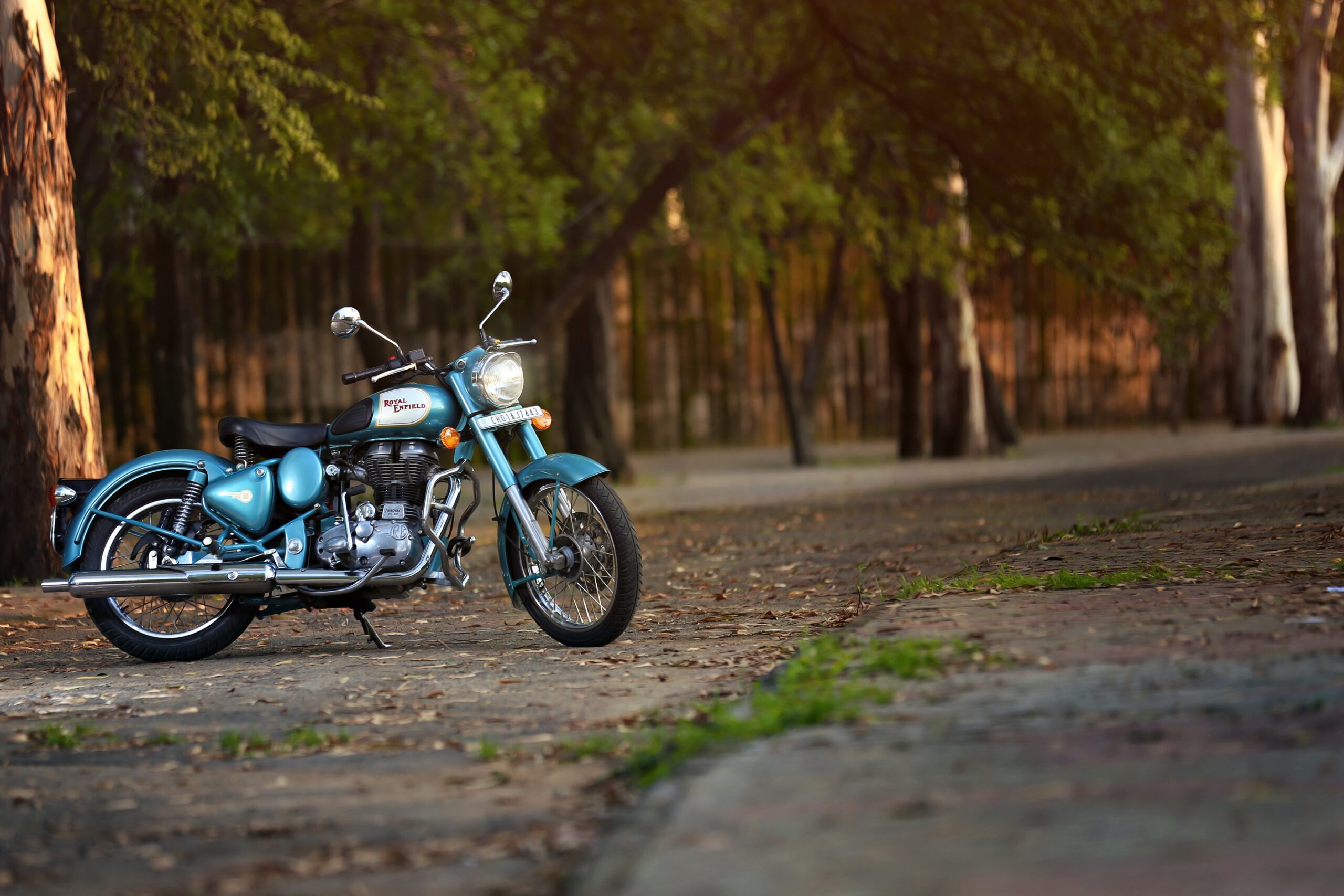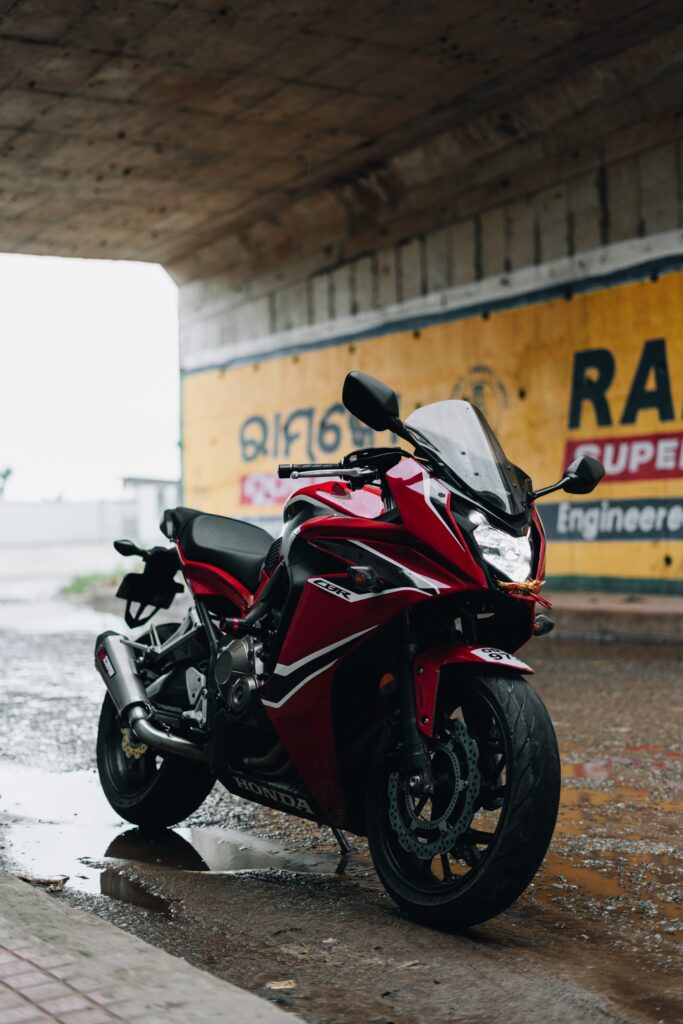
Motorcycle safety is critical, and there are various ways to ride safely in each of the scenarios listed above. Three frequently asked questions are as follows for the find Safest Motorcycle.
- Which motorcycle is the safest?
- What characterizes or distinguishes the safest motorcycle?
- Which motorcycle is best for my needs?
They’re all good argument topics since riding is such a personal experience, and while everyone could have similar replies to all of the questions, they’re not all the same. Let’s look at what makes a motorcycle safe for you, as well as which motorcycle we recommend.
Although many experienced riders would agree that riding a motorcycle is riskier than driving a car or truck, the term’safe’ refers to a scenario in which there is little to no danger. Perhaps the term’safer’ is more apt for motorcycling, and determining what can be done to make it safer should be a top focus for all riders, young and old.
Contents
Fit: Height and Size
When riding, every rider should focus on comfort, which comes with a motorcycle that is properly fitted for their height and size. Every rider should consider being able to reach all controls easily, all shift levers with their feet, and the ability to touch the ground while standing up when stopped when purchasing a motorcycle. The width of the motorcycle seat, the length of your inseam, and the amount of sag in the suspension under the rider’s weight should all be good indicators of whether the motorcycle is a good fit. When coming to a complete stop, one foot should be able to touch the ground, but the ideal position is for the rider to be able to stand with both feet flat on the ground and a few inches between them and the motorcycle.
Engine Size and Skill Level
Advertising does a great job of enticing new riders to the newest and most powerful motorcycles on the market, but are they truly what you need? It is recommended that beginning riders start with a smaller motorbike engine and work their way up as their skill level develops. Consider where you’ll be riding as well as when you’ll be doing it. If you wish to go in a big city where the average speed is less than 45 miles per hour, you may not need a motorbike capable of 130 miles per hour.
Types of Motorcycles
Motorcycles come in a variety of shapes and sizes, each of which is better suited to the riding style for which it was designed. Here are a few of the more frequent choices, along with instructions on how to utilize them:
Cruiser Motorcycle
A cruiser motorcycle‘s ergonomics are more relaxing and neutral, making it excellent for long rides. On a motorcycle, storage is usually limited, however they may offer additional storage options.

Sport Motorcycle
Sportbikes are known for their speed and agility. To allow for more speed; they’re normally on the lighter side of the motorcycle spectrum. But their ergonomics are more comparable to those of a runner poised to take off. The fit is appropriate for a fast commute or short ride. Not for extended amounts of time in the seat.
Touring Motorcycle
Touring bikes are built to traverse a large amount of ground. The ergonomics are designed to be pleasant for long periods of time. And they will feature the most storage space of any motorcycle. They will frequently have the largest riding screens and fairings in order to give the most weather protection when traveling from coast to coast.
Standard Motorcycle – How to Choose Safest Motorcycle
The standard motorcycle is the most basic motorcycle design. Fairings and windscreens aren’t usually incorporated, and the engine size isn’t always fixed. The ergonomics will most likely be neutral, and storage will most likely be modest (neither reclined nor crouching.)
Dual-Sport Motorcycle
Dual-sport motorcycles are built to go wherever they’re needed and accomplish whatever is required of them. They’ll be equipped with all of the required road features (lights, horn, etc. ), as well as more aggressive off-road tires and a raised suspension. Ergonomics will be more upright rather than bending over, and storage will be limited to the center’s different storage options.
Which is the Safest Motorcycle ?
When comparing all of the variations, one issue that emerges is if one is considered safer than the other. In most circumstances, the straightforward response is “no”. When comparing the various types of motorbikes, the features present on the motorcycle can help to make riding safer. But the rider’s skill level and readiness in the location they are going through are more likely to play a part in making riding safer. The size of the engine does not automatically suggest more or lesser risk. But it might have an influence on the rider’s safety if they do not know how to handle the motorcycle’s power. It can be dangerous for a rider who lacks the experience to handle a strong engine with a lot of power.
Maintenance on Motorcycles
Maintaining your motorcycle is a vital component of riding safely. Worn tires, awkward cables, and brakes that don’t stop the motorcycle quickly enough, among other issues. All contribute to the danger of your next ride. If you’re buying a used motorcycle, look for documentation and confirmation of prior maintenance. Any motorcycle maintenance is typically rather simple; and it will result in a safer journey without a breakdown or a crippled motorbike performance. Then you may inspect a used motorcycle, taking note of any work that appears to have been done in accordance with the mileage. If the owner had the maintenance done by a professional shop; they may have records, and if they conducted the repair themselves, they may have receipts for parts.
Don’t forget to examine the tires for general wear and condition while completing a motorcycle maintenance check. Tires that have been sitting for a long time and have dry rotted or are just old and out of date may constitute a potential safety issue. They may suggest (but may not always imply) a lack of motorcycle maintenance. Tires with limited tread may also be a source of conversation because they will need to be replaced sooner rather than later. Both can be dangerous, so check your tires to determine if they’re ready to ride or need some attention.
Beginner’s Guide for Safest Motorcycle
So, you just finished a beginner motorcycle riding course. So, where do we go from here? When looking for your first motorbike, keep the following tips in mind:
- Choose a motorcycle that matches your current skill level. Begin with a smaller motorcycle that is simple to use and fits your body well enough to allow you to ride for a long period. Most rookie riders, will want to graduate to a larger motorcycle as their talents develop. And they discover what niche they love riding in. Focus on skill development rather than having the newest bike throughout the first year or two of motorcycle riding.
- Look for a used motorcycle. Starting with a used motorcycle should result in a lesser upfront cost. It will almost probably have a few dents and dings from previous new riders. But after a year or two of skill growth; you can sell the motorcycle to another new rider and recuperate most or all of your initial investment before upgrading.
- Make all of the required preparations. You must prepare yourself as well as your motorcycle since you are the most crucial aspect in riding safely. It is never a good idea to ride when drunk or tired. Before you ride, make sure you get a good night’s sleep since being safe on the road needs your whole focus and mental skills. Any rider who isn’t paying attention and isn’t prepared is putting themselves in danger.


